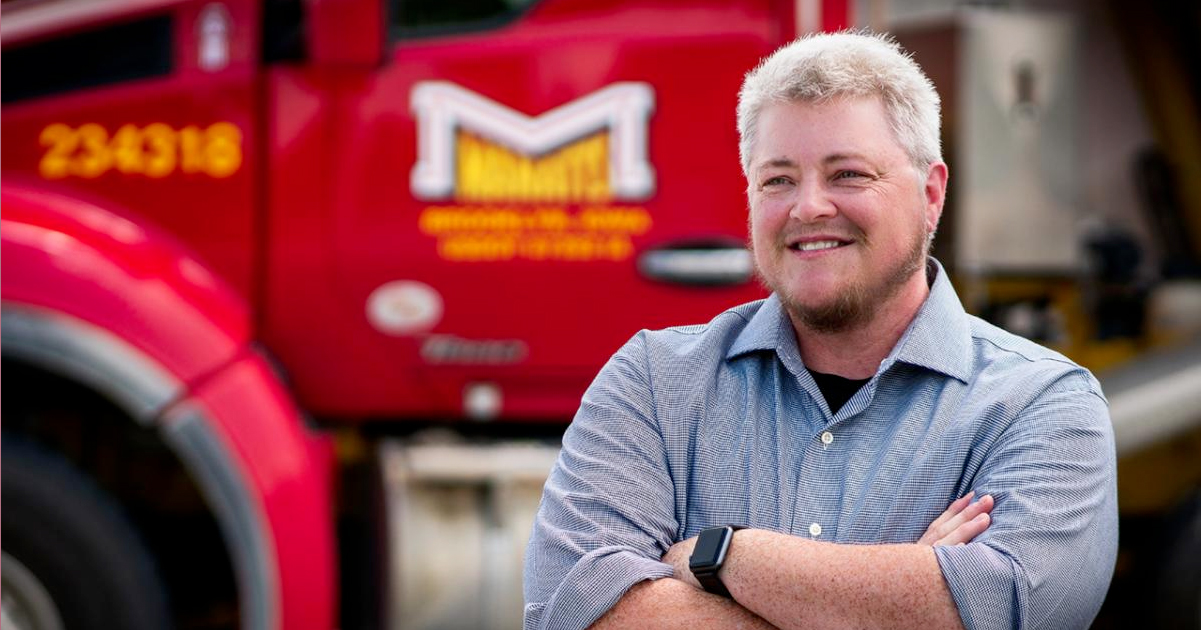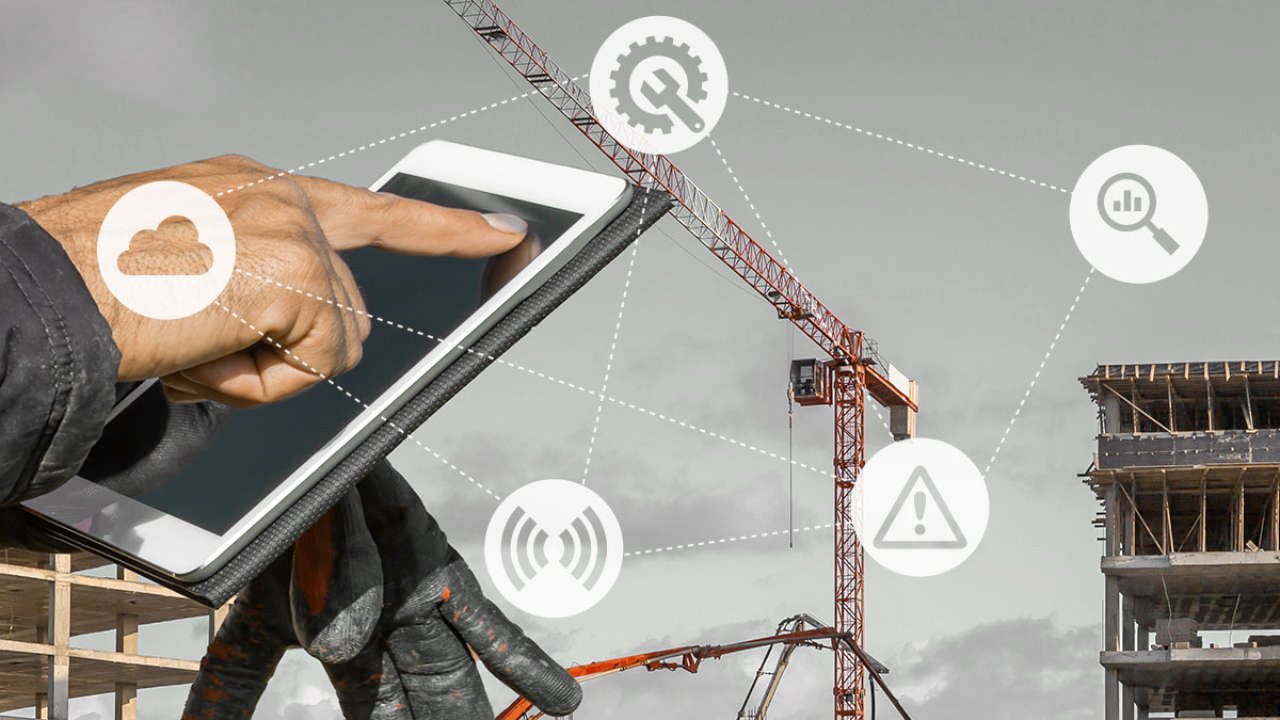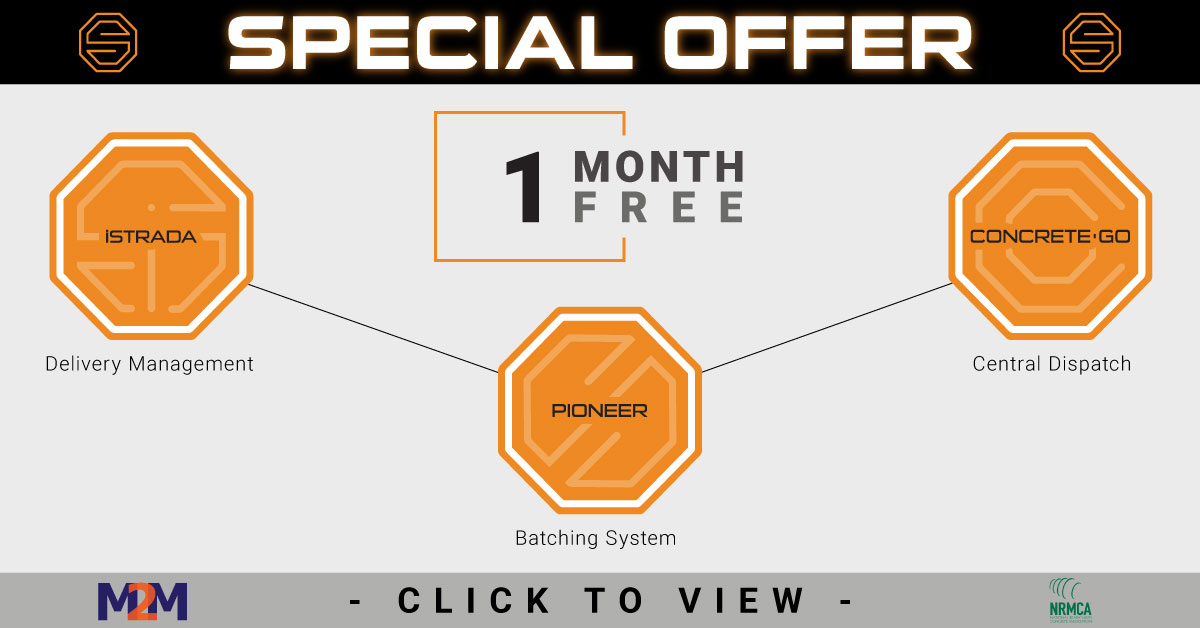IoT Discussion with Bridger Moreland, CTO of Manatt’s Inc. Part I

photo credit - the technology association of iowa
Hi Bridger, would you tell us a little about yourself? I’ve been in the IT field for over 30 years, and a lot of that has been in consultant roles working with midsize businesses, across many industries from finance, education definitely on the manufacturing side of things. I have always liked doing that and I found myself here as a consultant for Manatt’s, I really liked what they were doing, what they were about and decided to come onboard. As a consultant you tend to hope around a lot and make a lot of suggestions without seeing necessarily the outcome of those suggestions. So, it was nice to find a home and follow things through and build a team for the long term. My background, I have dabbled on the development side, information side, operations, security, compliance, I am one of those broad background IT people, but I have always been firmly rooted in how does that help the business and what kind of value are we offering. I’ve always been the in-between person, very business-oriented and focused on creating value with technology and finding new ways of doing things. I’m originally from Nashville, Tennessee. I started off as a developer, but my degrees are in business. What is IoT? What are the most common examples of IoT systems? The way I see the Internet of Things, it’s about bringing objects together to share information, you analyze the data then you create an action, with a big emphasis on that action. IoT is used in everything now a days, anything from health bracelets to kitchen appliances, the door locks I have all over my house, even dog collars, I guess you can even program your pet now! Basically, it’s anything that can act as a data collection point to communicate information back, even across different networks, so you can create these huge bodies of data that power better decisions.The quality and scope of the data across the internet of things, generates this opportunity for much more contextualized and responsive interaction, so these devices create a big potential for change. So that’s the exciting piece of IoT for me.
IIoT is that convergence of information technology with operational technology that used to be two completely separate things. When you think about it, our systems when you are setting some best practice protective guard rails, that is a very new way of thinking for management. But when you get those two things together, to converge, it enables this freedom to be a lot nimbler on the business side. And it is IIoT that is driving a lot of that empowerment.
 What are some IIoT examples and top benefits?
It obviously offers the ability to be more efficient in how we do things, it saves time, it saves money, it even reduces emissions in the process, so there is a green side to it. More importantly, it allows companies to rethink how they are delivering services and producing goods. You have sensors on product lines that can increase efficiency and cut down on waste using smart sensors. As an example of what we are already doing with our fleet of trucks, anything that has 4 wheels or more has sensors on it, even our drills in our quarries, all this moves the needle towards information accuracy and that drives not only operational efficiency but a discovery in that they can achieve better outcomes.
You mentioned already outfitting your fleet with more and sensors to increase efficiency, how will IIoT technology continue to affect the ready-mix concrete industry specifically?
We are talking about an industry that has very small profit margins to start with, it’s every penny helps type of industry. IoT has the potential to affect every process in the ready-mix industry, and in a lot of cases it already has. For example, our fleet is already using cloud dispatch and GPS to pin point location and providing information that scales doing paperless ticketing. We have even played with drones to measure the size of the piles in the yard, which is much more accurate than pulling the yard stick up and having someone crawl up a pile of material. There are safety wearables that can identify where equipment is located, the location of the personnel around, making sure that we are keeping track of proximities. Some of the other things we are working with is smart cameras and sensors that allow for safe remote batching. There is this continuous delivery system that will allow a plant to be predictive on its production based on what’s happening on the job. Its focusing on the site that they are servicing, where they need the material and they know how much material is going there. On the other side of the supplies, the inbound to the plant from the quarries. You know if anyone thinks that the materials industry isn’t part of technology they are mistaken, because keeping track of all these separate factors, its easy when you are confined to one building. It’s like manufacturing a widget going through an assembly line. However, in talking about the job sites that we are supplying, we are geographically spread out, and having the visibility between when all those things happen, really takes a technology solution and sensors everywhere so we know what is coming, what needs to be done and what is necessary on the other end.
How does cloud technology fit within the framework of leveraging IoT?
What are some IIoT examples and top benefits?
It obviously offers the ability to be more efficient in how we do things, it saves time, it saves money, it even reduces emissions in the process, so there is a green side to it. More importantly, it allows companies to rethink how they are delivering services and producing goods. You have sensors on product lines that can increase efficiency and cut down on waste using smart sensors. As an example of what we are already doing with our fleet of trucks, anything that has 4 wheels or more has sensors on it, even our drills in our quarries, all this moves the needle towards information accuracy and that drives not only operational efficiency but a discovery in that they can achieve better outcomes.
You mentioned already outfitting your fleet with more and sensors to increase efficiency, how will IIoT technology continue to affect the ready-mix concrete industry specifically?
We are talking about an industry that has very small profit margins to start with, it’s every penny helps type of industry. IoT has the potential to affect every process in the ready-mix industry, and in a lot of cases it already has. For example, our fleet is already using cloud dispatch and GPS to pin point location and providing information that scales doing paperless ticketing. We have even played with drones to measure the size of the piles in the yard, which is much more accurate than pulling the yard stick up and having someone crawl up a pile of material. There are safety wearables that can identify where equipment is located, the location of the personnel around, making sure that we are keeping track of proximities. Some of the other things we are working with is smart cameras and sensors that allow for safe remote batching. There is this continuous delivery system that will allow a plant to be predictive on its production based on what’s happening on the job. Its focusing on the site that they are servicing, where they need the material and they know how much material is going there. On the other side of the supplies, the inbound to the plant from the quarries. You know if anyone thinks that the materials industry isn’t part of technology they are mistaken, because keeping track of all these separate factors, its easy when you are confined to one building. It’s like manufacturing a widget going through an assembly line. However, in talking about the job sites that we are supplying, we are geographically spread out, and having the visibility between when all those things happen, really takes a technology solution and sensors everywhere so we know what is coming, what needs to be done and what is necessary on the other end.
How does cloud technology fit within the framework of leveraging IoT?
To me, the cloud is a big giant repository that allows us to dump data in and fluidly move it back and forth between other applications to analyze and make better decisions.
I see the cloud fitting inside IoT just because of its flexible nature.
About Sysdyne
Sysdyne has been innovating the Concrete Ready-Mix Industry for over 40 years, having introduced the first cloud-based dispatch system to reduce IT costs and improve access to critical information throughout the enterprise. By introducing the latest in cloud computing technology, producers have been able to improve operational performance and efficiency significantly. Our innovative approach to concrete dispatching, batching and delivery management, has revolutionized the way concrete producers run their operations and interact with their customers.Finish 2020 on a Positive Note with Exclusive End of Year Offers
Sysdyne partners with NRMCA’s M2M (member-to-member) program to create unprecedented value for all Ready-Mix producer members. All NRMCA members will benefit from cost-saving incentives on Sysdyne’s suite of advanced cloud-based products including; ConcreteGO® cloud dispatch, Pioneer® cloud batch, and iStrada® cloud delivery management platform (GPS truck tracking and Paperless Ticketing)

Start leveraging the power of the cloud today!
“The bolstered M2M Program will deliver measurable value to all NRMCA members. NRMCA producer members will have access to tremendous savings, freeing up more capital and giving producers additional buying power”
– NRMCA M2M program manager
Sysdyne is revolutionizing the Concrete Ready Mix industry by delivering on the value of the cloud at an enterprise level and offering best in class service to their customers on a global scale. Our innovative approach to concrete dispatching, batching and concrete delivery management, has transformed the way concrete producers run their operations and interact with their customers.

By leveraging the power of cloud technology, producers can access information in real-time using any mobile device to take critical decisions and avoid problems at the job site. Sysdyne’s fully integrated suite of cloud-based products is designed to give ready-mix producers the competitive edge they need.
Please contact your regional Sysdyne representative for complete details by emailing sysdynenrmcapromo@sysdynetechnologies.com, calling the office at 203-327-3649 or using our live chat on the bottom of the page.
Click to view our special offers here: https://www.nrmca.org/membership/member-to-member/sysdyne/

